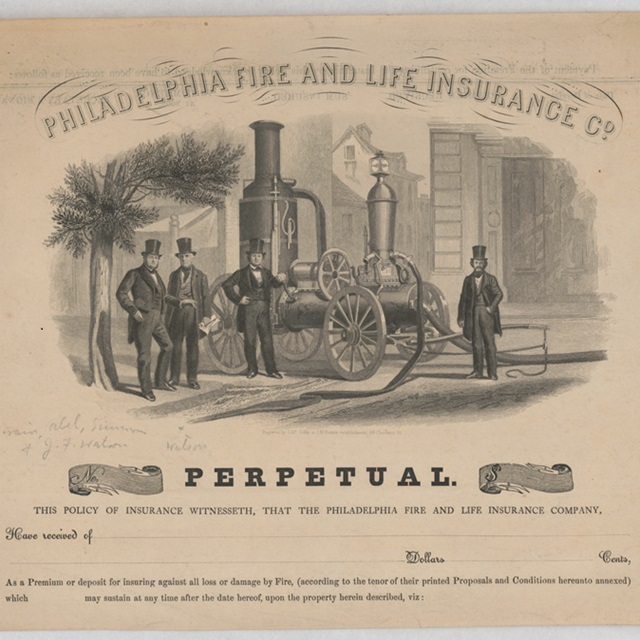Do Life Settlement Clients Need to Sell the Whole Policy?

What You Need to Know
Most life settlement clients want to sell the whole policy.
Some may be able to sell just part of a policy.
One strategy a client could consider is a retained death benefit provision.
This question comes up often, and is one of the misperceptions that advisors can have about life insurance settlement
This answer to this question is: No! To be clear, in many circumstances, clients may want to sell their entire policy, and in most circumstances, this works well because the client no longer wants, no longer needs, or can no longer afford the policy.
But, what if your client wants some death benefit for their family.
There are some circumstances where they do not need to sell the entire death benefit:
Convertible term policies
Selling term policies is very common, and sometimes surprises advisors that they can be sold.
Most of the time, the term policy needs to be convertible to a permanent policy and not past the conversion deadline.
If this is the case with your client’s policy, the policy can be highly marketable.
In this circumstance, your client can keep part of the policy as term, or convert part of the policy for themselves, and sell the balance.
Example 1: A recent client had a $1.25 million convertible term policy that was approaching the end of the policy, and the conversion deadline.
He sold his business, so he did not need that much coverage. He chose to convert $250,000 to keep for his family.
The other $1 million was going to go away at the end of the term and he was going to receive nothing.
The policy was marketed, and the client received $60,000 for the policy.
This scenario was a win-win for him, as he was able to keep some coverage for his family, and receive some money for something that he was going to walk away from with zero.
Example 2: Another recent client had a similar situation to the example above, but with a different motivation and outcome.
Like the client above, there was a $1.25 million convertible term policy. The client retired and decided he did not need all of the coverage. The premiums were beginning to be a drain on his budget.
The term policy had another three years left on the level term period, but the conversion deadline was approaching.
In this case, the client did not convert $250,000.
He chose to keep the $250,000 as a term policy for the remaining three years so there was some coverage just in case, but sell the $1 million balance.
He netted $15,000 because his life expectancy was longer than the client above, and the conversion premiums were higher.
The bottom line: Look at the conversion deadlines of your clients’ policies to see if they wish to keep or convert the policy.
If your client wants to keep only a part of a policy, a life settlement can be a good solution to bring your client more money than walking away with zero.
Retained Death Benefit
Through a retained death benefit, or RDB, the entire policy is sold, but the buyer retains a death benefit for the client’s beneficiaries.
The advantage is that the client gets out from underneath the premiums of the policy, because the buyer pays the entire policy premium, but still has some policy benefit for beneficiaries.






